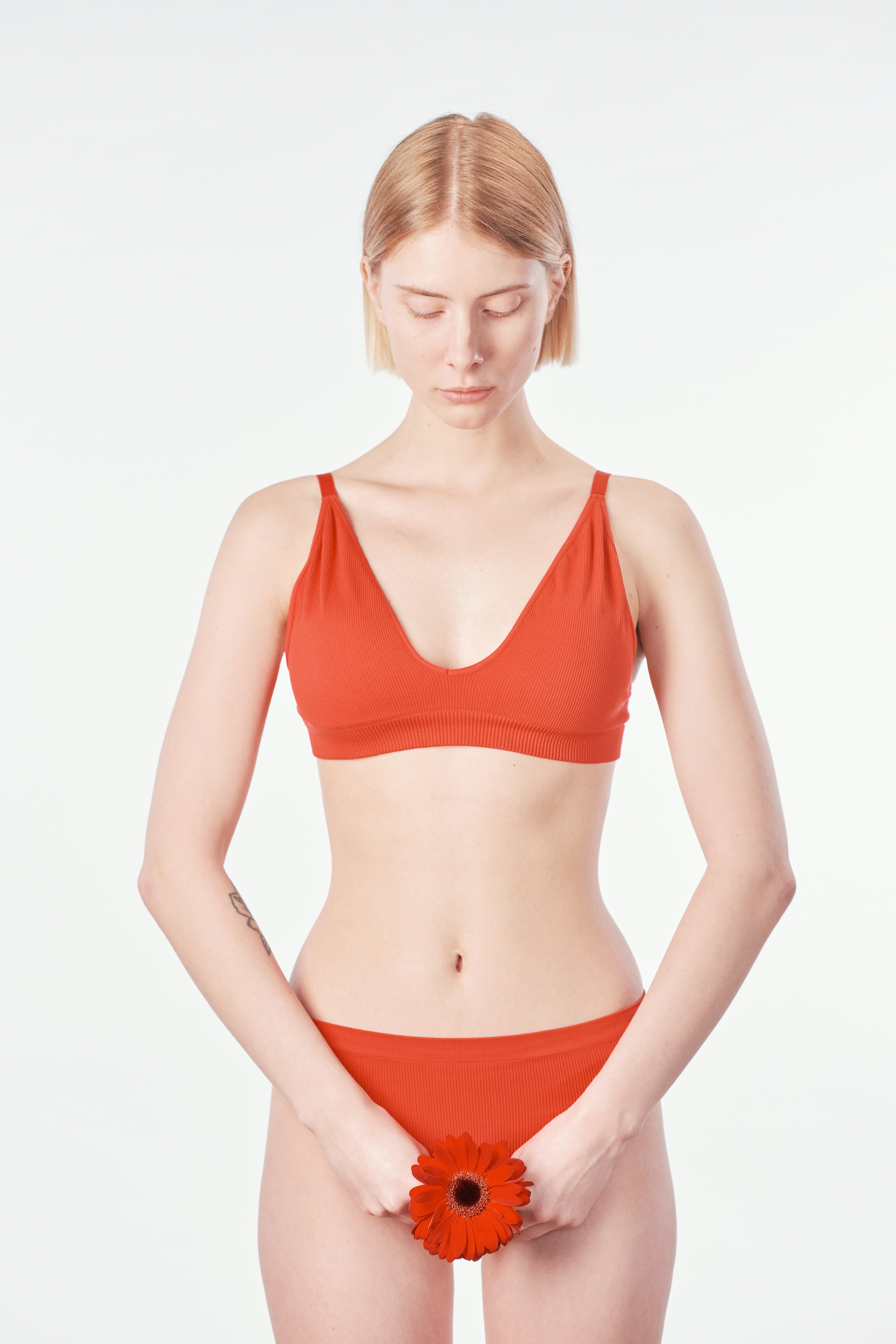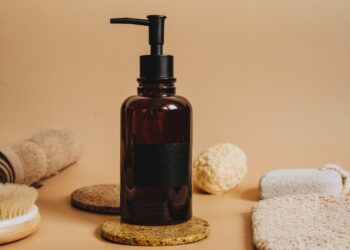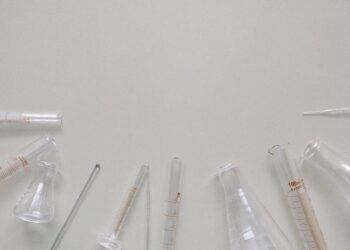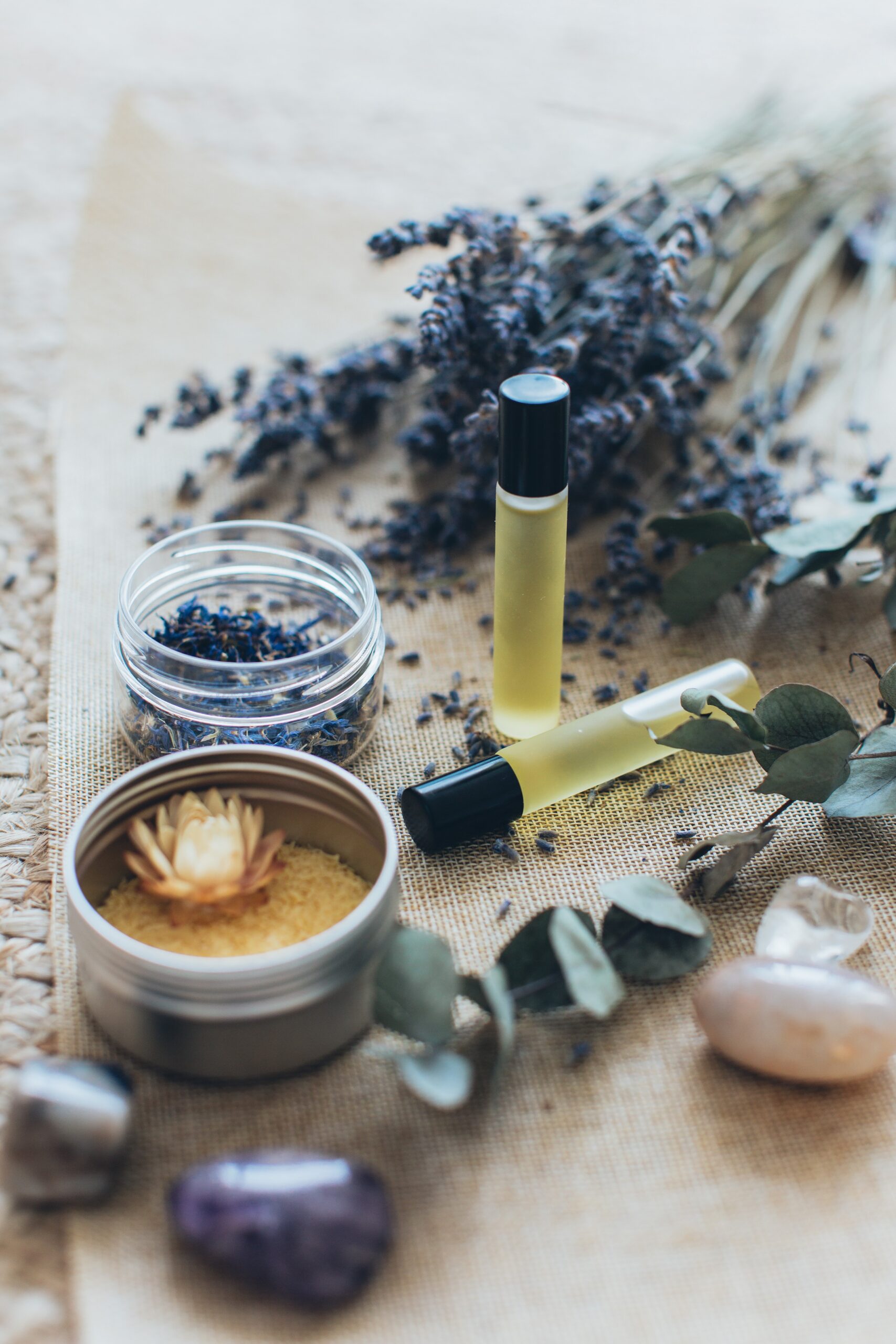As women, we all go through different changes in our bodies that can sometimes be challenging to understand and deal with. One of the most uncomfortable and embarrassing issues females face is the development of vaginal pimples. It is normal to have questions about what causes these small, painful bumps and how to treat them properly.
Luckily, there are effective treatments available that range from conventional methods to natural remedies. This article will discuss the causes of vaginal pimples, effective treatments, and when to seek medical attention. By the end of this article, you will thoroughly understand how to handle this common issue and feel confident in taking care of your vaginal health.
What Causes Vaginal Pimples?
Vaginal pimples are mostly caused by the same bacteria that causes acne on other parts of the body. The overgrowth of bacteria in the hair follicles or oil glands around the vagina can form a pimple.
However, the cause varies from person to person, and hormonal changes, poor hygiene, shaving, friction during sex, or skin irritation can also be contributing factors. Vaginal pimples can also be indicators of sexually transmitted diseases, making it crucial to pay attention to the accompanying symptoms such as itching, burning, or discharge.
Effective Treatments for Vaginal Pimples
If you’re dealing with vaginal pimples, rest assured that many effective treatment options are available. Some of the most common and effective treatments include creams that contain benzoyl peroxide, salicylic acid, or antibiotics.
These topical products are designed to reduce inflammation and unblock pores, which can help to alleviate pain and discomfort. If you’re not sure which treatment is best for you, it’s a good idea to check in with your healthcare provider, who can provide guidance and support as you navigate this condition.
With the right care and attention, you’ll be able to find a solution that works for you and get back to feeling your best.
Natural Remedies
Natural remedies might be a viable option for those who are hesitant to use over-the-counter or prescription medications to treat vaginal pimples. Tea tree oil is known for its antibacterial properties and can be applied to the affected area with a cotton swab. Aloe vera, which has anti-inflammatory properties, can also be applied topically to help soothe the area.
Furthermore, placing a warm compress on the affected area can provide relief and help with swelling. Of course, prevention is always the best strategy, so it’s crucial to maintain proper hygiene practices, wear breathable cotton underwear, and avoid tight clothing to prevent the formation of vaginal pimples in the first place.
Incorporating some of these natural remedies and habits into your routine can help alleviate discomfort while promoting healthy vaginal health.
When to See a Doctor
If you’re experiencing pain, itching, or discomfort, then it’s an indication that it’s time to see a doctor. Vaginal pimples accompanied by other symptoms such as burning or discharge may be indicative of an infection that requires diagnosis and treatment from a medical professional.
They may prescribe antifungal or antibacterial medications or recommend a course of treatment depending on the cause and severity of the condition.
Coping with the Emotional and Psychological Effects of Vaginal Pimples
Although it’s a common issue, vaginal pimples can still cause feelings of shame or embarrassment. It’s essential to remember that having a vaginal pimple doesn’t make you any less of a woman.
It’s a natural occurrence that many women experience. Talking to a trusted friend or a therapist can help you cope with the stress or anxiety that comes with it.
Additionally, taking a more positive and accepting attitude towards your body can also help alleviate some of the mental and emotional distress.
Prevention is Key
Preventing vaginal pimples involves:
Taking simple care measures such as avoiding tight-fitting clothes.
- Letting the area breathe.
- Gently washing your genitals with warm water and mild soap.
If you shave in the area, try using a single-blade razor, trimming before shaving, and applying a shaving gel or cream. Also, avoid sharing towels or underwear with others, and wash clothes and bedding regularly to prevent the spread of bacteria.
Conclusion
In conclusion, vaginal pimples might seem uncomfortable and complicated, but it’s not uncommon and can happen to any woman. By taking simple preventative measures and practicing good hygiene, it’s possible to reduce the occurrence of vaginal pimples.
However, if the issue persists or becomes severe, seeking medical attention is crucial. Remember, vaginal pimples don’t define you, and treating yourself with kindness, acceptance, and compassion is the best way to cope with them.








